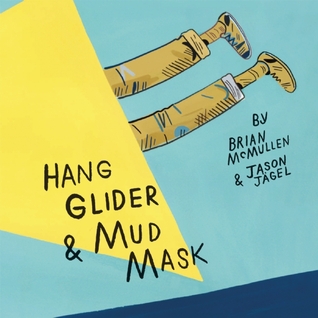I Kill the Mockingbird
by Paul Acampora
Roaring Brook Press, 2014
review copy from the public library, but I'll be buying a copy so I can transfer all my dog-eared pages
We rarely review YA books, but exceptions can be made.
This is a book for book lovers.
Three good friends on the brink of high school hatch a fake conspiracy to ensure that everyone will actually read their summer reading assignment -- To Kill a Mockingbird.
There's a romance subplot, a cancer subplot, and a poke-mild-fun-at-Catholics subplot. There are literary allusions to children's literature right and left (the three good friends are, and have always been Readers).
Oh, and there's a teaching subplot. Mr. Nowak, Fat Bob, has these words of wisdom before he dies of a massive coronary:
"It's not enough to know what all the words mean," he continued. "A good reader starts to see what an enritre book is trying to say. And then a good reader will have something to say in return. If you're reading well," he told us, "you're having a conversation."
I raised my hand. "A conversation with who?"
"With the characters in the book," said Mr. Nowak. "With the author. With friends and fellow readers. A book connects you to the universe like a cell phone connects you to the Internet."Mr. Nowak's the one who inspires the three culprits who hatch the I Kill the Mockingbird plan. And in the end,
"All the teachers are talking about it...If you're a teacher, you dream about having students who will try to change the world someday because of something you do or say in the classroom."Indeed.










